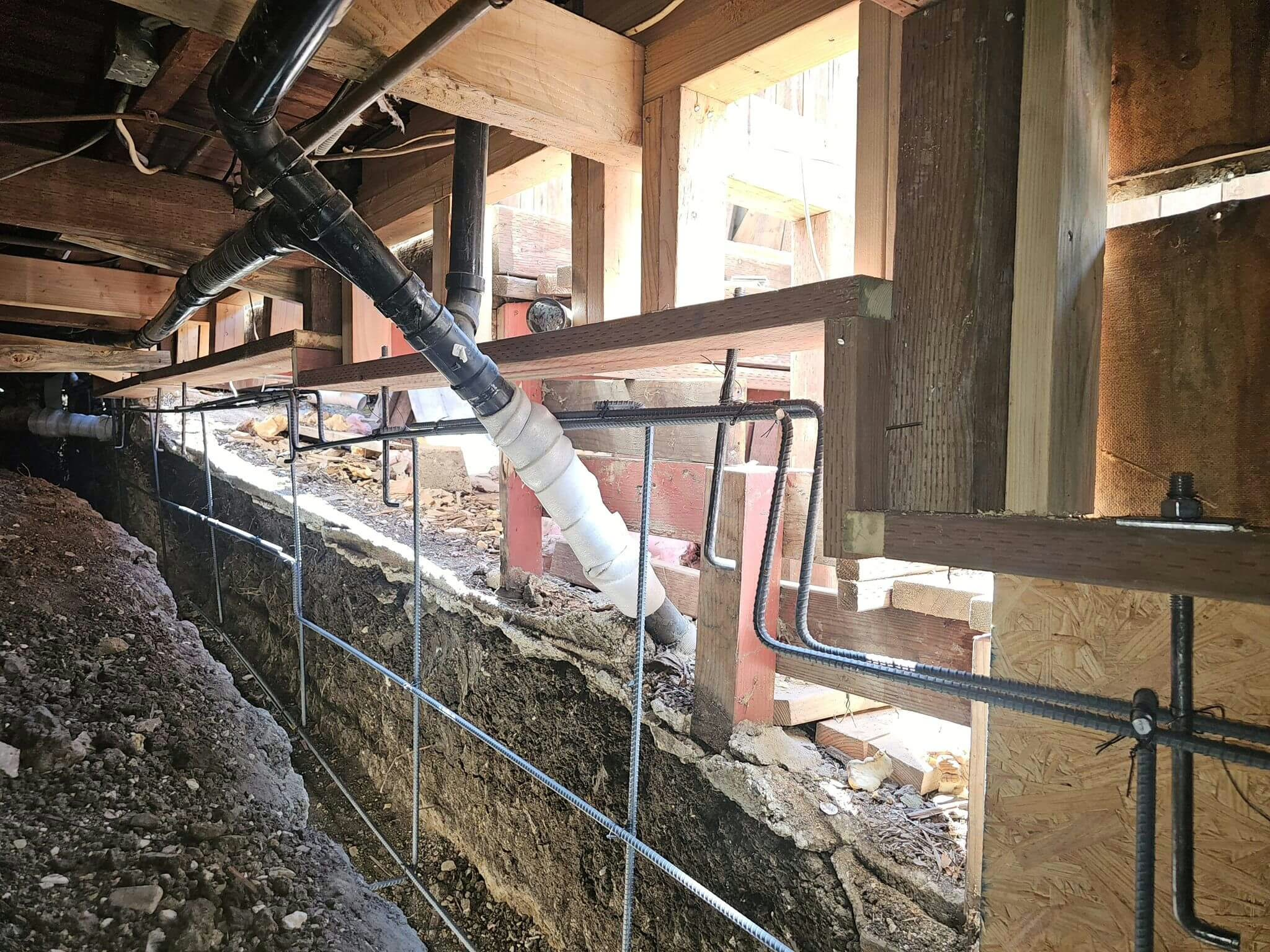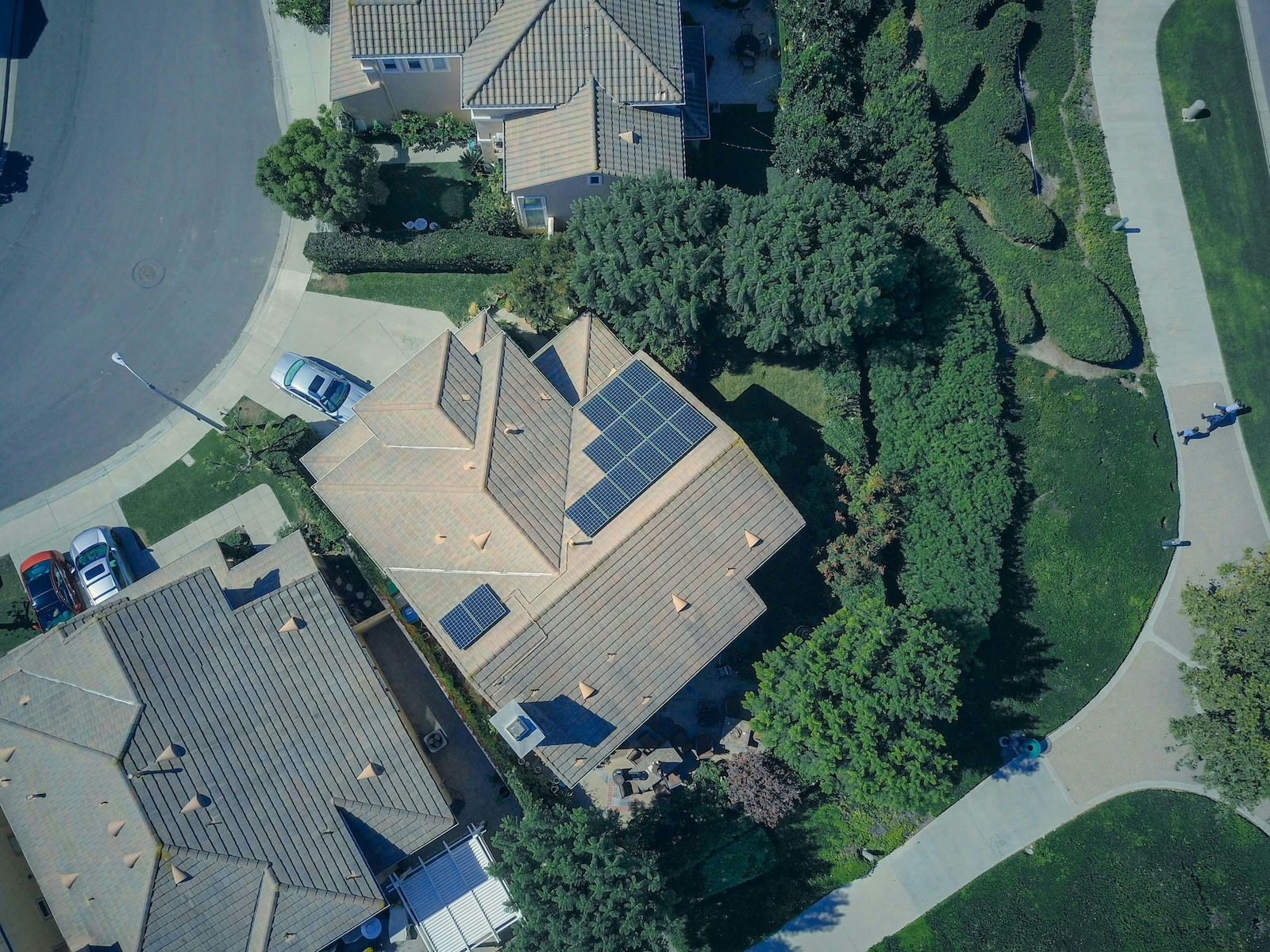Understand the foundation leveling process and its importance in restoring your home’s stability. Learn about home leveling steps, common foundation repair methods, and leveling techniques to protect your property.
Introduction:
When your home’s foundation starts to shift or sink, it can lead to a variety of problems, including uneven floors, cracks in the walls, and doors that no longer close properly. These are signs that you may need to invest in the foundation leveling process to restore the stability of your home. In this post, we will walk you through the home leveling steps, explain common foundation repair techniques, and show how professional leveling techniques can protect your home for the long term.
What is Foundation Leveling?
The foundation leveling process involves lifting and stabilizing your home’s foundation to correct any uneven settling. Over time, factors like shifting soil, poor drainage, and extreme weather conditions can cause the foundation to move. When left unchecked, this can result in serious structural damage to your home. Foundation leveling is designed to address these issues by returning your home to its original level position, ensuring its stability and safety.
Signs You Need Foundation Leveling
There are several signs that your home may need foundation repair or leveling, including:
- Uneven or Sloping Floors:
- If you notice that your floors are no longer level, or there are noticeable dips in certain areas, it’s a clear indicator of foundation settling.
- Cracks in Walls and Ceilings:
- Cracks, especially diagonal ones, in your walls or ceilings could mean that your foundation is moving and causing stress on your home’s structure.
- Doors and Windows Not Closing Properly:
- If doors or windows become stuck or difficult to open and close, it may be due to shifting in the foundation that has misaligned the door or window frames.
- Gaps Between the Walls and Ceiling/Floor:
- Visible gaps between the walls and floors or ceilings could be another sign that your foundation needs leveling. These gaps indicate movement in the foundation that is pulling the structure apart.
The Foundation Leveling Process: Step-by-Step
The foundation leveling process is a precise procedure that varies based on the specific issues your home is facing. However, most home leveling steps follow a similar pattern:
- Foundation Inspection:
- The first step is a thorough inspection by a foundation expert. During this assessment, the contractor will evaluate the extent of the damage, identify the causes of foundation settling, and determine the best leveling techniques to use.
- Soil and Groundwork Preparation:
- Since many foundation problems are caused by shifting soil, preparing the ground is crucial. This may involve soil testing, re-compaction, or installing piers or other supports to stabilize the ground beneath the foundation.
- Lifting the Foundation:
- Once the ground is ready, the next step is to lift the foundation. This is often done using hydraulic jacks, which raise the home slowly and evenly to prevent further damage to the structure. The goal is to return the foundation to its original level position.
- Installation of Support Systems:
- After the foundation has been lifted, it needs to be stabilized to prevent future settling. Contractors may use leveling techniques such as installing steel piers, helical piers, or concrete pilings under the foundation. These piers provide permanent support by anchoring the foundation to stable soil or bedrock beneath the home.
- Repairing Cracks and Damages:
- Once the foundation is leveled, any visible cracks or damage to the walls, floors, or ceilings will be repaired. This ensures that your home looks and functions like new after the foundation repair is complete.
- Final Inspection and Monitoring:
- After the leveling process is finished, a final inspection ensures that everything is in proper condition. In some cases, ongoing monitoring of the foundation may be recommended to catch any future movement early.
Foundation Leveling Techniques
There are several leveling techniques used in modern foundation repair, depending on the type of foundation and the severity of the settling:
- Steel Piers: Steel piers are driven deep into the soil until they reach stable ground, providing a permanent support system for the foundation. This technique is commonly used for homes with severe settling.
- Helical Piers: Helical piers work similarly to steel piers but are screwed into the ground instead of being driven. They are ideal for homes where the soil conditions are unstable or where access to the foundation is limited.
- Concrete Pilings: This method involves inserting concrete columns into the ground beneath the foundation to provide support. It is often used in areas with expansive clay soil.
- Mudjacking: For minor settling, a technique called mudjacking may be used. This involves injecting a mixture of cement and soil beneath the foundation to raise it back to its original position.
Why Foundation Leveling is Important
Addressing foundation issues through the foundation leveling process is critical for maintaining the structural integrity of your home. If left untreated, foundation movement can lead to severe damage that not only affects the value of your home but also compromises its safety. Timely foundation repair can prevent costly repairs in the future and protect your investment.
Additionally, correcting foundation issues can increase the resale value of your home. Buyers are more likely to invest in a property that has a stable and secure foundation, making foundation leveling a smart financial decision in the long run.
Foundation Leveling in Los Angeles
In areas like Los Angeles, where the ground can shift due to seismic activity and varying soil conditions, the foundation leveling process is especially important. Homes in this region are often susceptible to settling due to a combination of earthquakes, expansive clay soils, and poor drainage systems. Investing in professional foundation repair and home leveling steps is crucial to ensuring your home can withstand these environmental factors and remain safe over time.
The foundation leveling process is essential for homeowners experiencing foundation issues such as uneven floors, cracks in the walls, and foundation settlement. By following the correct home leveling steps and utilizing modern leveling techniques, you can restore your home’s stability and prevent future damage. At Golden Retrofit & Foundation Repair, we specialize in providing expert foundation leveling services to keep your home safe and structurally sound. Contact us today to learn more about how we can help you protect your home.




